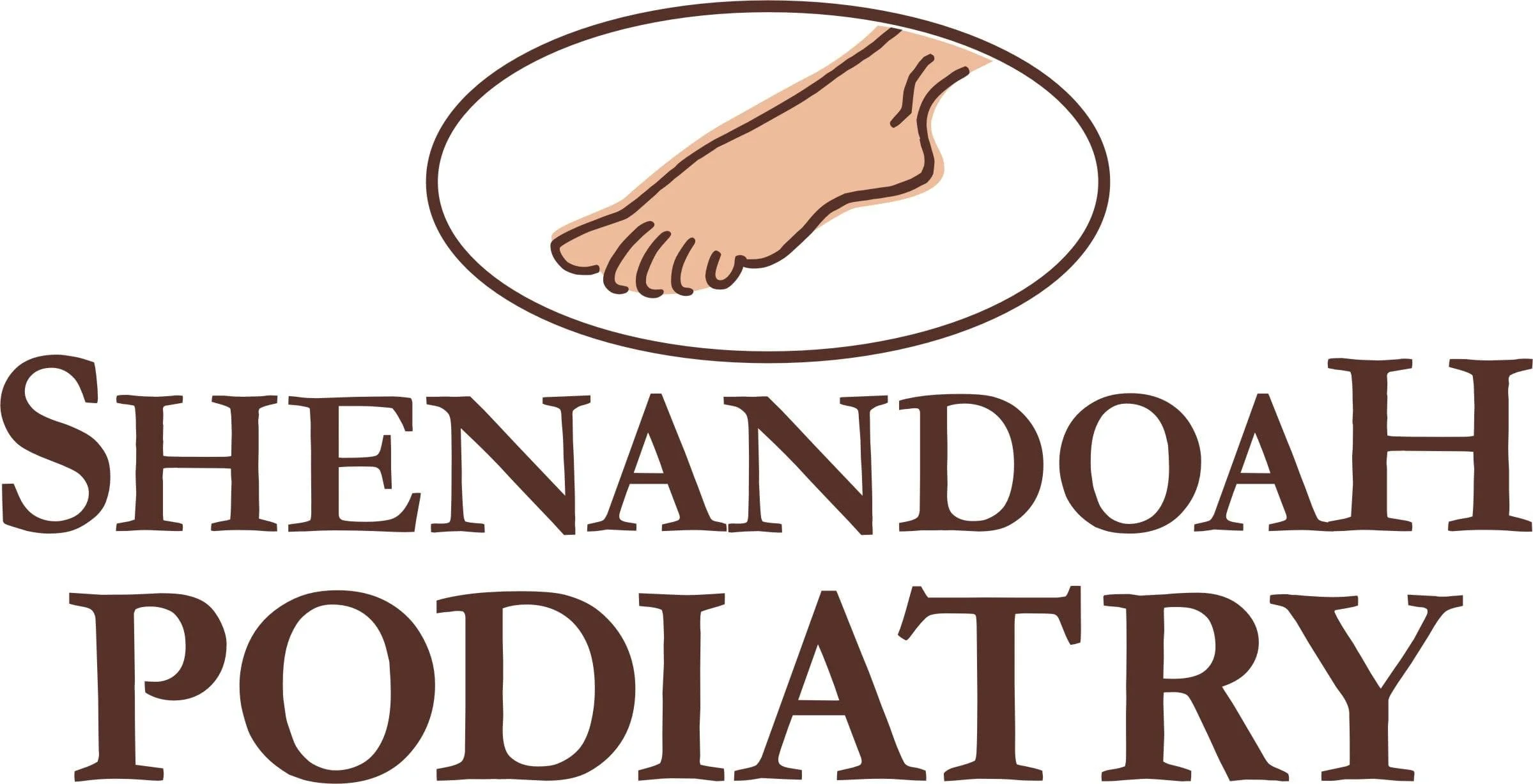Growing, active kids commonly complain that they’re hungry. In fact, given the chance, they’ll eat you out of house and home! Children may also whine that they are bored, or moan about being tired—typical kids’ stuff. However, if your child complains about heel pain, you shouldn’t just brush it off as normal—it could be a sign that they have Sever’s disease.
A Hurting Heel
This condition, also known as calcaneal apophysitis, results from inflammation of the growth plate in the heel where the Achilles tendon attaches. Because tendons and ligaments grow slower than bones, they can get pulled tight and overstretch as the bones lengthen. In the case of Sever’s disease, when a child’s heel bone grows, it can tighten the Achilles tendon and cause it to pull on the heel’s growth plate, resulting in pain.
Signs of Soreness
While many kids beg for attention, some children may not often complain. Sometimes kids may keep the problem to themselves. In that case, you need to keep a watchful eye for possible signs of trouble. Is your child limping or having difficulty walking? Does it hurt if you squeeze on both sides of the heel? Is the back of the heel red and swollen, and does your child feel discomfort in the morning? These are all strong indicators that your child has Sever’s disease.
The Risk Grows as Your Child Does
Sever’s disease affects children who are going through a growth spurt. For girls, this can be anytime between the ages of 8 and 13; for boys it’s 10 to 15. If your kids are actively involved in sports, they are even more susceptible to the problem. This is because of the repetitive stress they put on their feet and their Achilles. Activities that involve running and jumping on hard surfaces, like track, basketball, soccer, and gymnastics, can all contribute to the problem. Ill-fitting shoes that do not provide enough support and padding can also lead to the condition. It is extremely important to make sure that your kids are wearing supportive, well-cushioned shoes that are appropriate to their sport.
Sometimes the foot rolls too far inward when walking. This is called overpronation and is another contributing factor to Sever’s disease. Being overweight and having one leg shorter than the other can also increase your child’s chances of developing this painful condition. Luckily, symptoms are short-lived. When your child stops growing, so will the pain. In the meantime, there are things that you can do to help ease discomfort.
Treatment While You Wait
You can’t control when your kids grow and for how long. However, you can help them get through the discomfort they may be feeling. First off, have them take a break from their activities, and perform leg and foot exercises to stretch and strengthen muscles and tendons. Use a couple of pillows to elevate their foot while they watch TV. Icing in 20-minute increments throughout the day can help decrease pain and swelling. A compression stocking or elastic wrap can do the same. We may also prescribe anti-inflammatory medication appropriate for children. This process might be hard on your kids, but keep in mind that with proper care, symptoms of Sever’s disease can go away in as little as 2 weeks to 2 months, with no long-term effects.
It’s important to note that you must protect the heel even after pain subsides if your child is still in his or her growing years, in order to prevent recurrence. Good quality shoes that fit well and have plenty of cushion and support are absolutely essential. Heel pads or lifts can help alleviate pressure. Orthotic inserts can also provide added support and hold the heel in its ideal position. Continued stretching and icing is recommended as well.
If your children are complaining of heel pain as much as they are whining that they are bored or hungry, contact Dr. Jennifer Keller and Dr. Marshal Gwynn of Shenandoah Podiatry. Sever’s disease affects children who are growing and active, but with our help, they can get through it and get back to the activities they love! Call (540) 904-1458 in Roanoke, VA, or (540) 808-4343 in Blacksburg.
